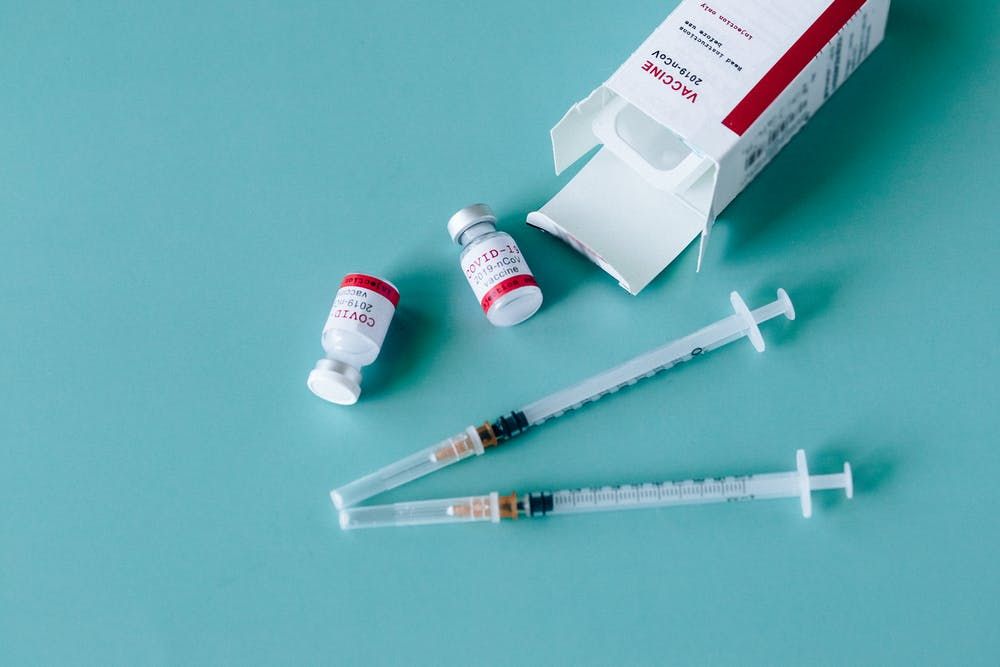Smaller cities and towns with few intensive care units and tight budgets need effective preventive measures.
Researchers at NYU Tandon School of Engineering have developed a new open source platform that is capable of creating predictive models of coronavirus 2019 (COVID-19) based on aggregated data from numerous observations in different strata of society. The study was published in the journal Advanced Theory and Simulations.
The study was carried out in the city of New Rochelle, New York, chosen for its size compared to other cities in the United States and for having been one of the first outbreaks recorded in the country.
“We chose New Rochelle not just because of its place on the COVID timeline, but because agent-based modeling for midsize cities is relatively unexplored, even though the US is largely made up of these cities and small towns,” Maurizio Porfiri , leader behind the research team said.
The researchers used the agent-based model (ABM) to replicate the geographic and demographic information collected about the city from the US Census statistics. They then superimposed a high-resolution temporal and spatial representation of the COVID-19 pandemic on an individual level, incorporating features such as physical location, behavioral trends and local mobility patterns.
The study results suggest that prioritizing high-risk individuals for vaccination has only a marginal impact on the total number of deaths caused by the COVID-19 virus. The researchers said that large fractions must be vaccinated to see significant improvements. They also showed that restrictive measures such as social distance, wearing masks and mobility restrictions far outweigh any selective vaccination scenario.
The model used is unique because it has the potential to explore different approaches to testing in hospitals and facilities and drive-through strategies that can prioritize the most vulnerable groups.
“We believe that decision-making by public authorities could benefit from this model, not only because it is ‘open source’, but because it offers a fine-grained resolution at the individual level and a wide range of features,” Porfiri said.
